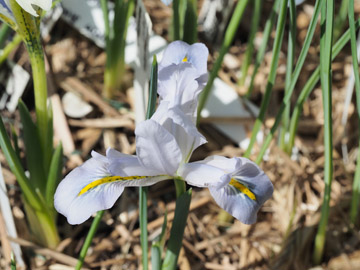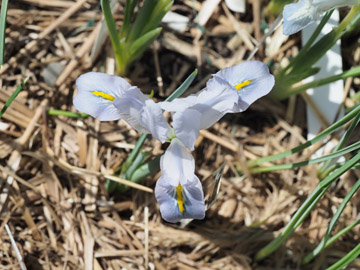|
Home |


|
 <= 1996 <= 1996 1997 1997 1998 1998– 99-BM-1 – 99-BZ-1 – 99-CY-2 – 99-SH-2 – 99-OV-1 – 99 Pale Blue – 99 Pale Blue Tetra – 00-AN-2 – 00-AY-1 – 00-BC-1 – 00-BC-3 – 00-BO-1 – 00-CZ-1 – 00-CZ-2 – 00-DA-1 – 00-DA-2 – 00-DH-1 – 00-DY-1 – 00-FO-1 – 00-FP-1 – 00-FY-1 – 00-HB-2 or HN-1 – 00-HP-2 – 00-HW-1 – 00-II-2 – 00-IQ-1 – 00-IS-1 – 00-IU-1 – 00-IV-3 – 00-IX-3  2000 >= J 2000 >= J 2001 2001 2002 2002 2003 < D 2003 < D 2003 >= D 2003 >= D 04 to 2005 < E 04 to 2005 < E 2005 >= E 2005 >= E 2006 2006 2007 & 2008 2007 & 2008 2009 2009 2010 < C 2010 < C 2010 >= C 2010 >= C 2011 < G 2011 < G 2011 G&H 2011 G&H 2011 >= I 2011 >= I 2012 < H 2012 < H 2012 >= H 2012 >= H 2013 2013  2013 >=F 2013 >=F >= 2014 >= 2014 Other Other– Iris adiyaman – Iris bakeriana – Iris Çat ANMc2175 – Iris danfordiae – Iris halkis – Iris histrio – histrio Agri – Iris histrioides – Iris histrioides Lady Beatrix Stanley – Iris hyrcana – Iranian Amoena – kolpakowskiana – Iris pamphylica – Iris sisianica – Iris sophenensis – Iris winogradowii – Iris zagrica By Year, etc |


|
|
Also Visit: Junos Irises HardyBulbs The Garden Algonquin Park
|
1999s

99
Pale Blue Tetraploid
|
|||||||||||||||||||||||||||||||||||||||
|
(Click photos to enlarge them) |
|
||||||||||||||||||||||||||||||||||||||


|
|||||||||||||||||||||||||||||||||||||||

